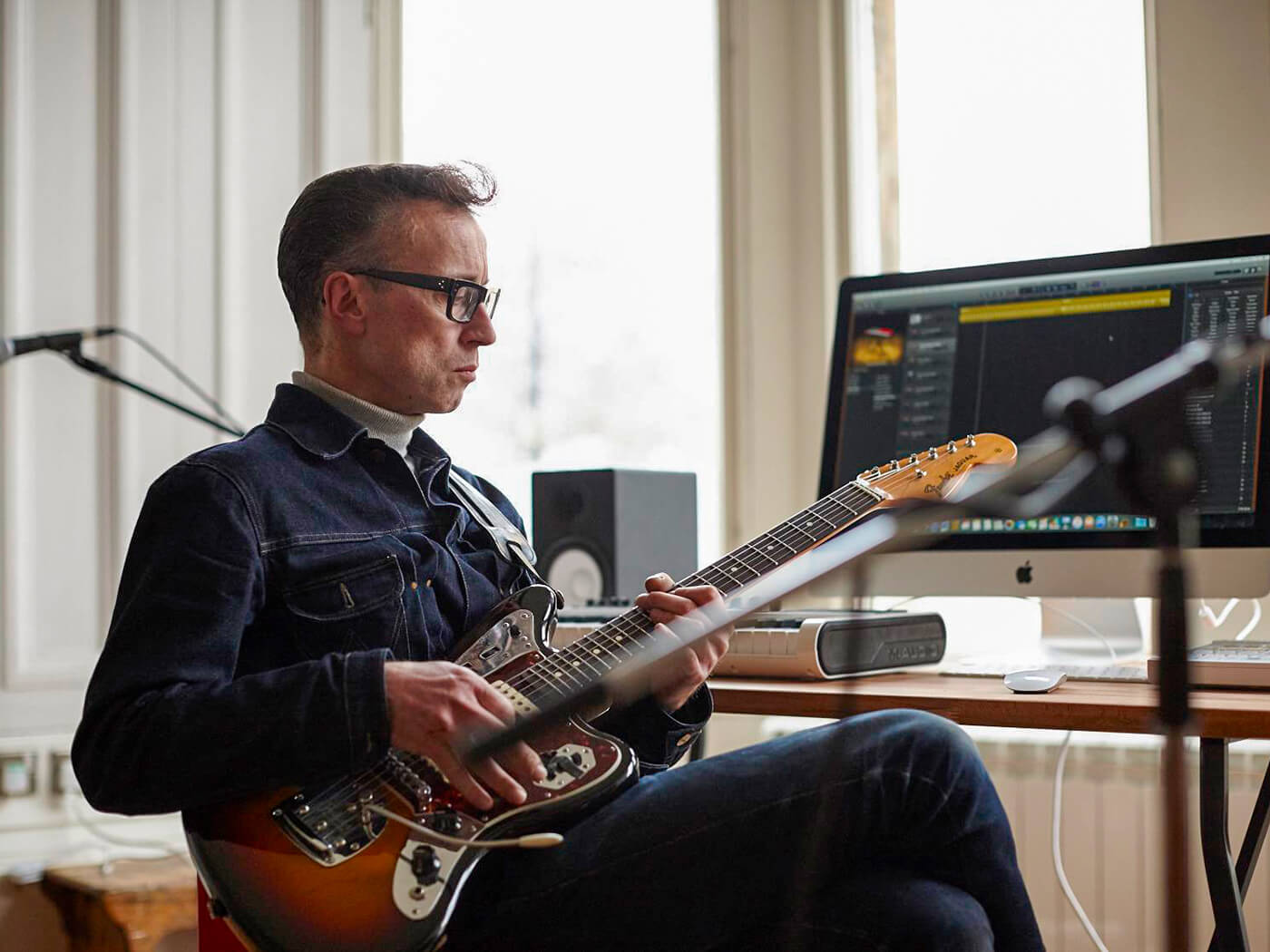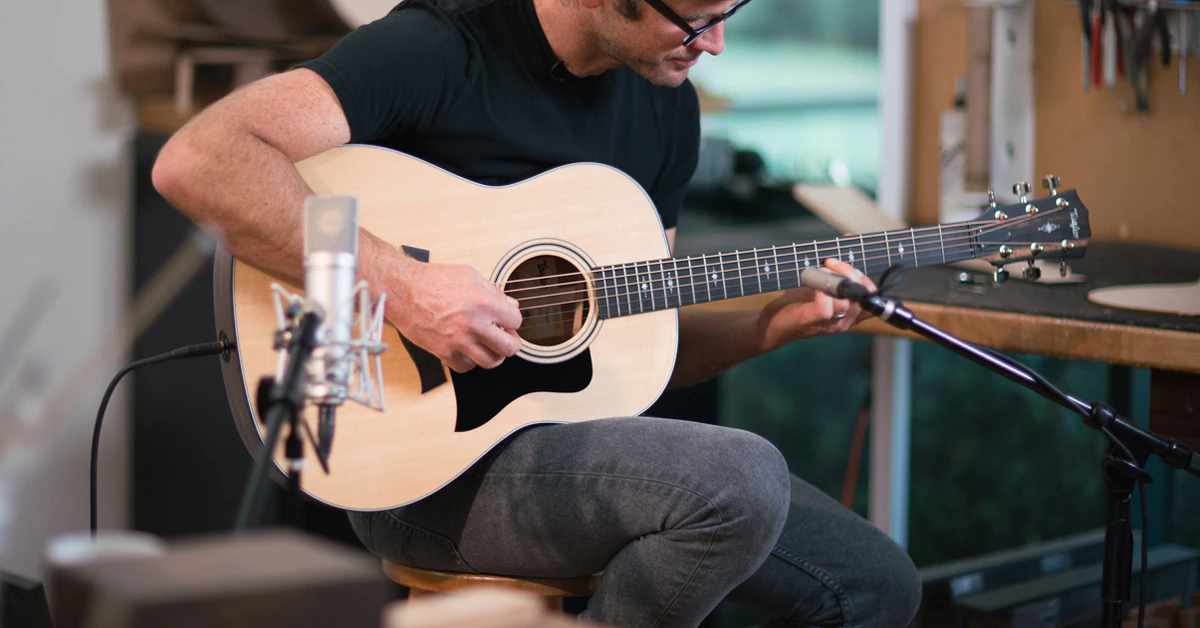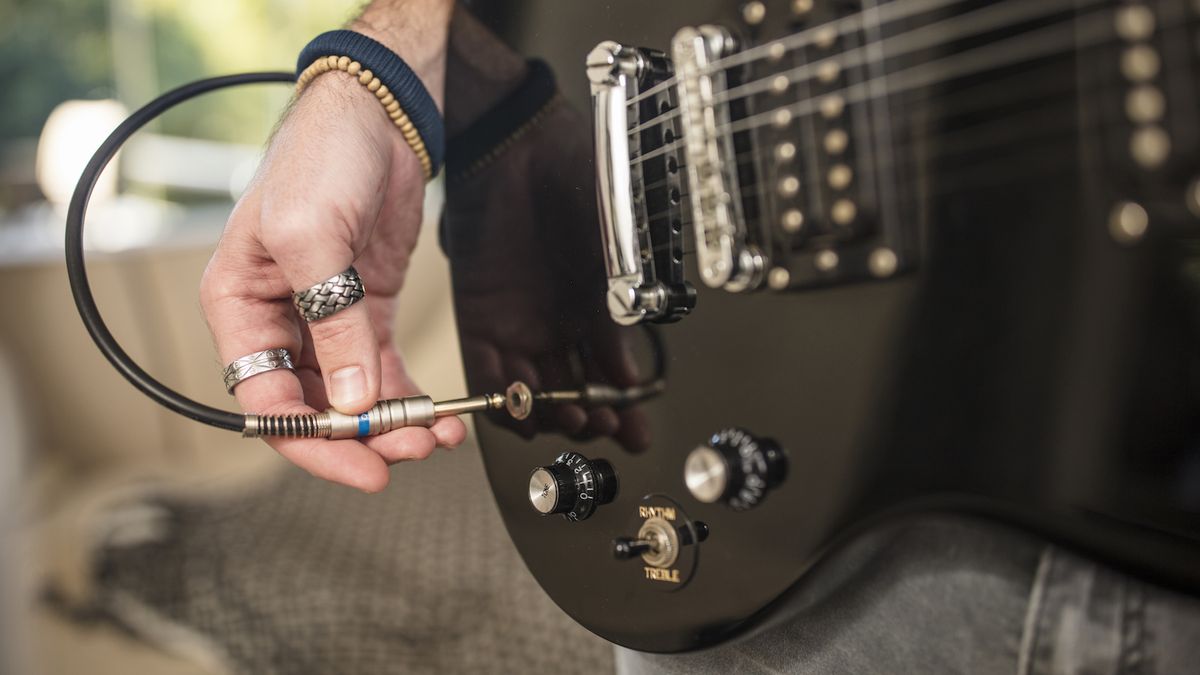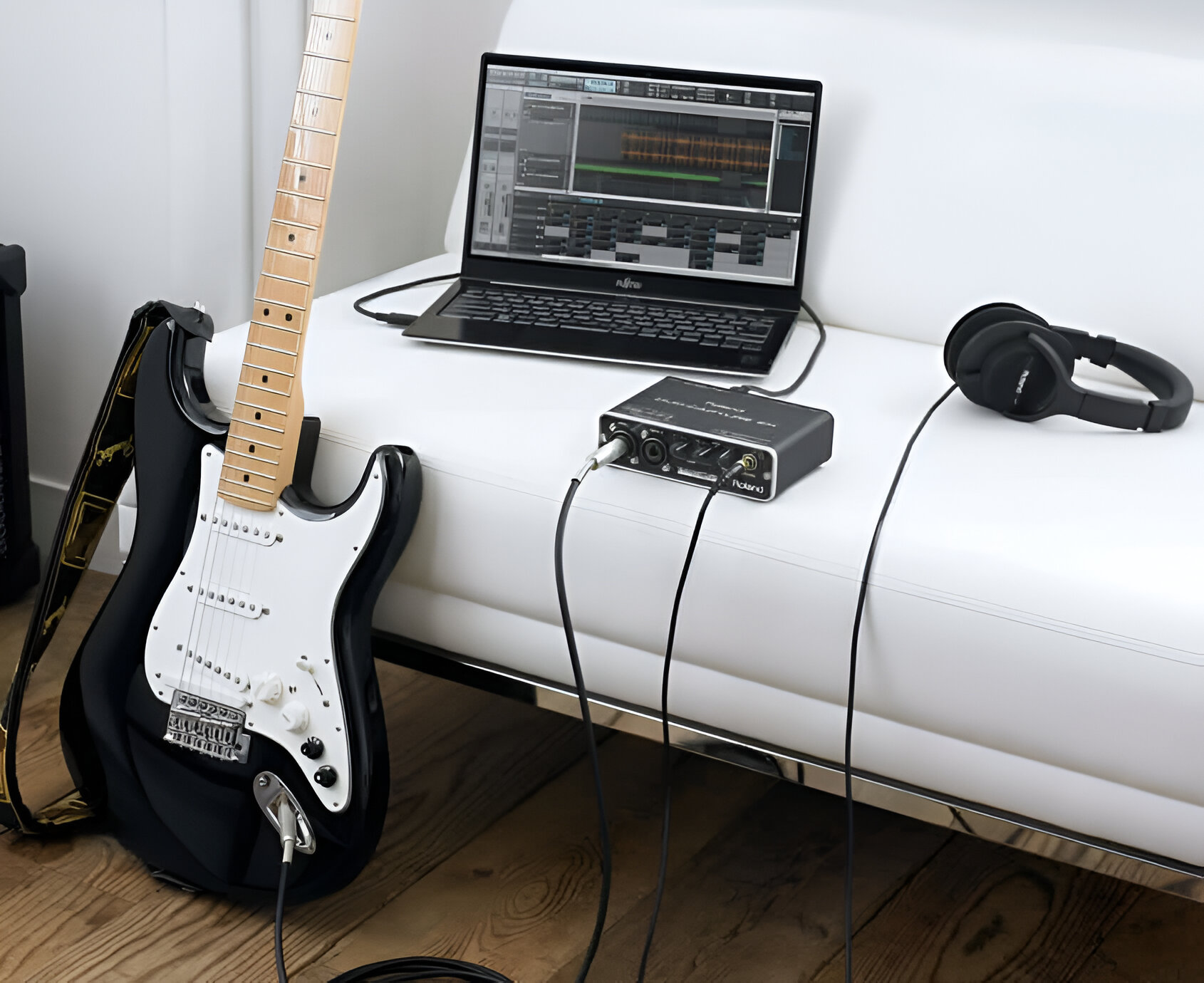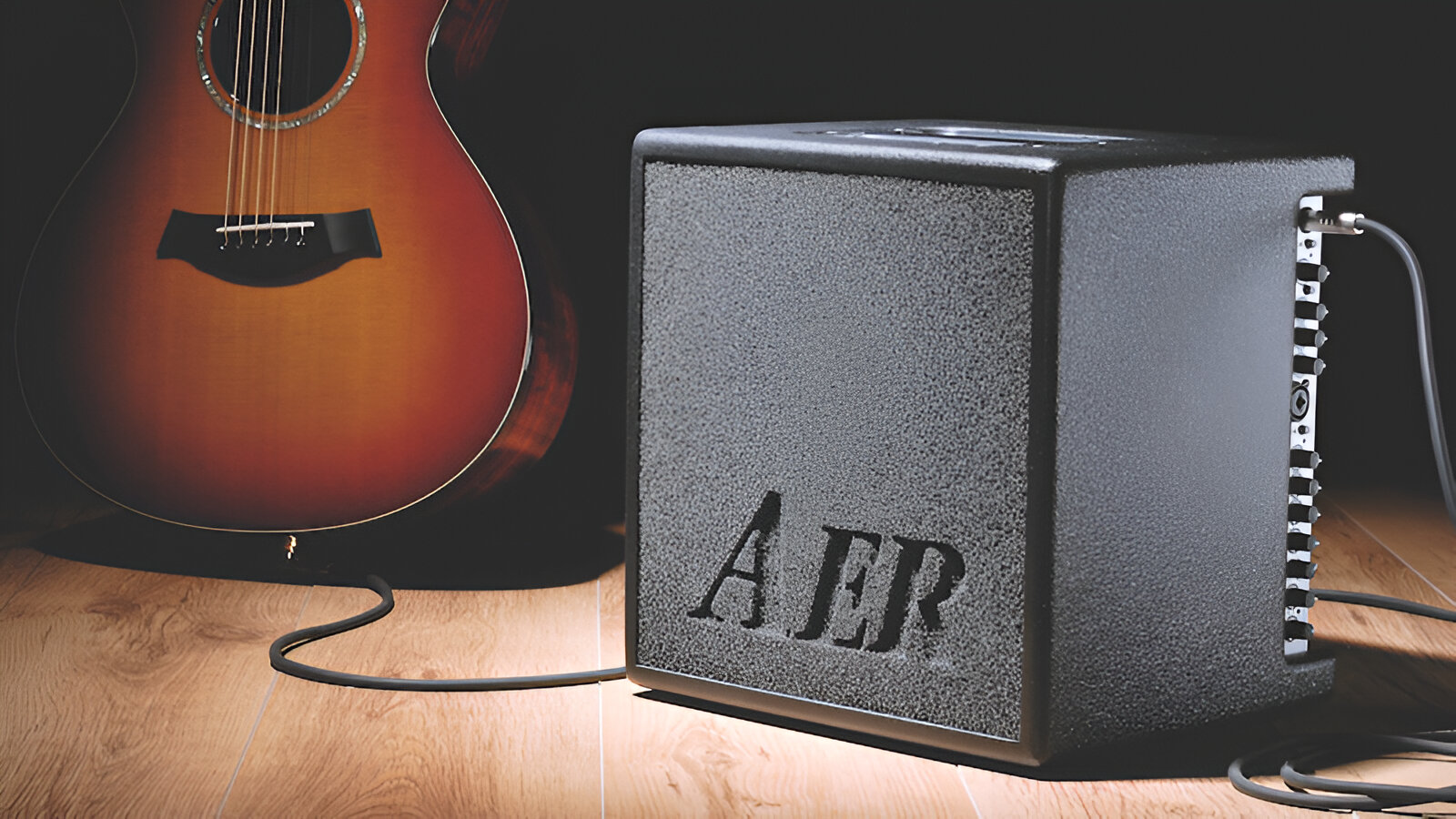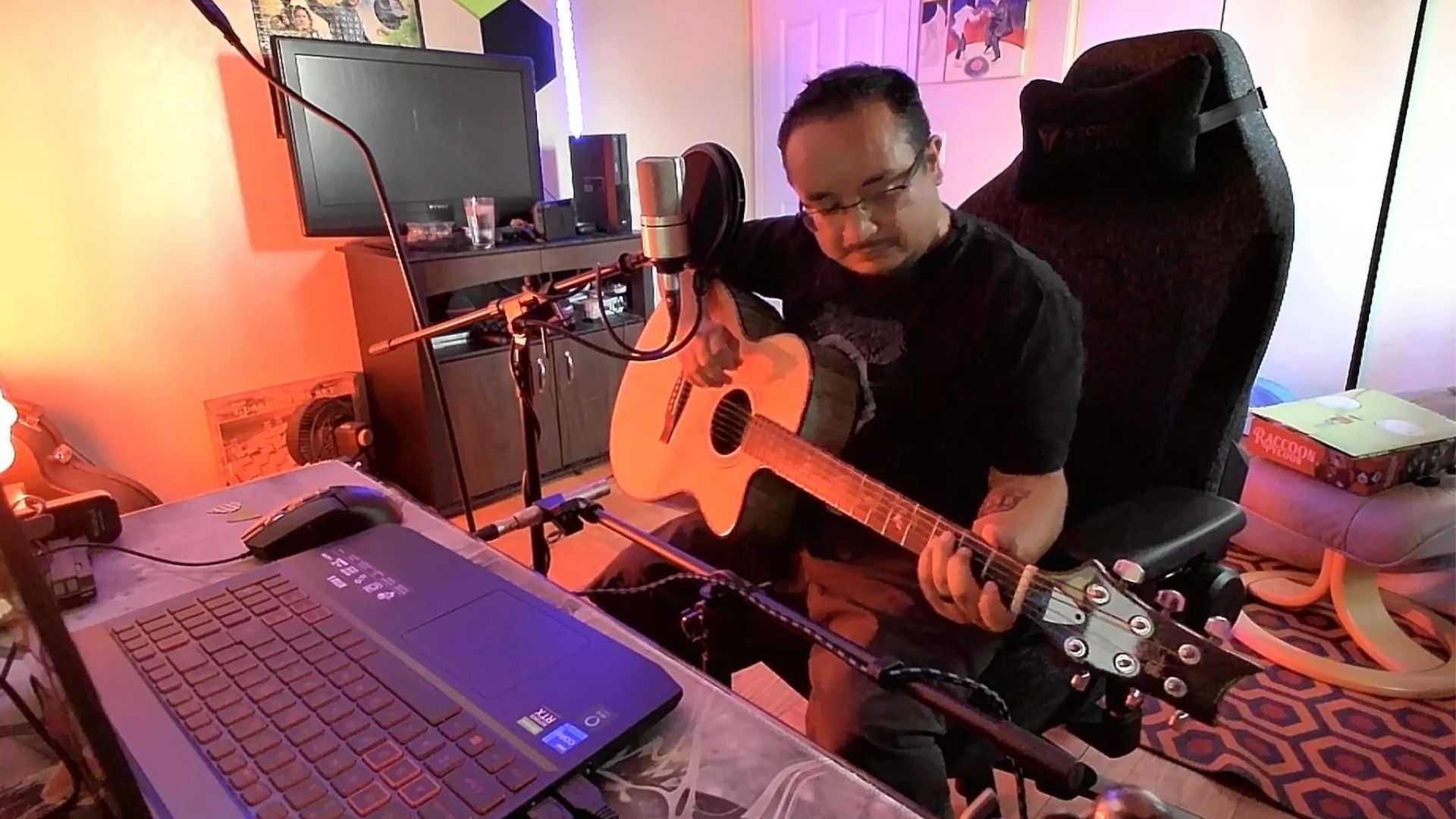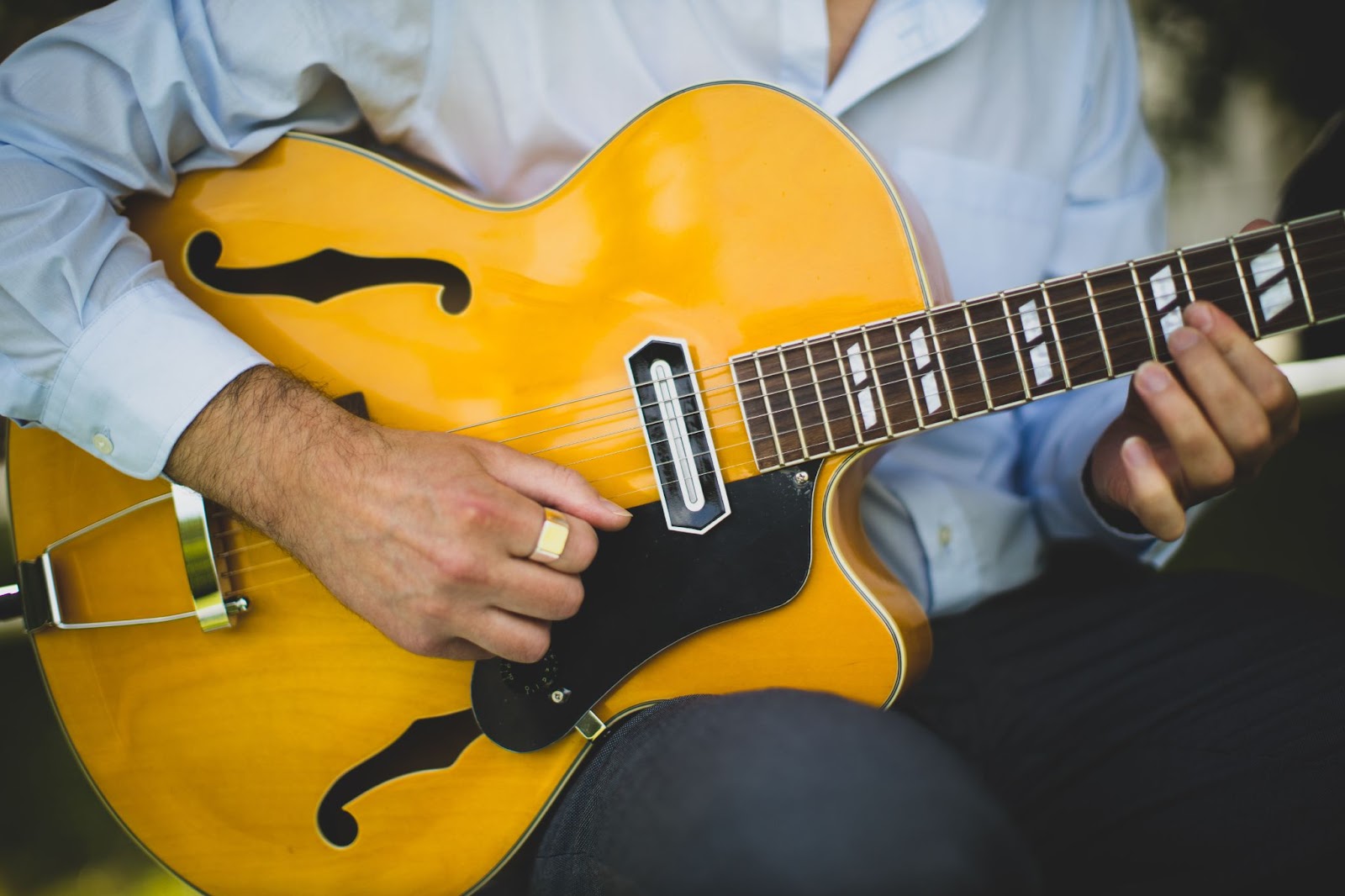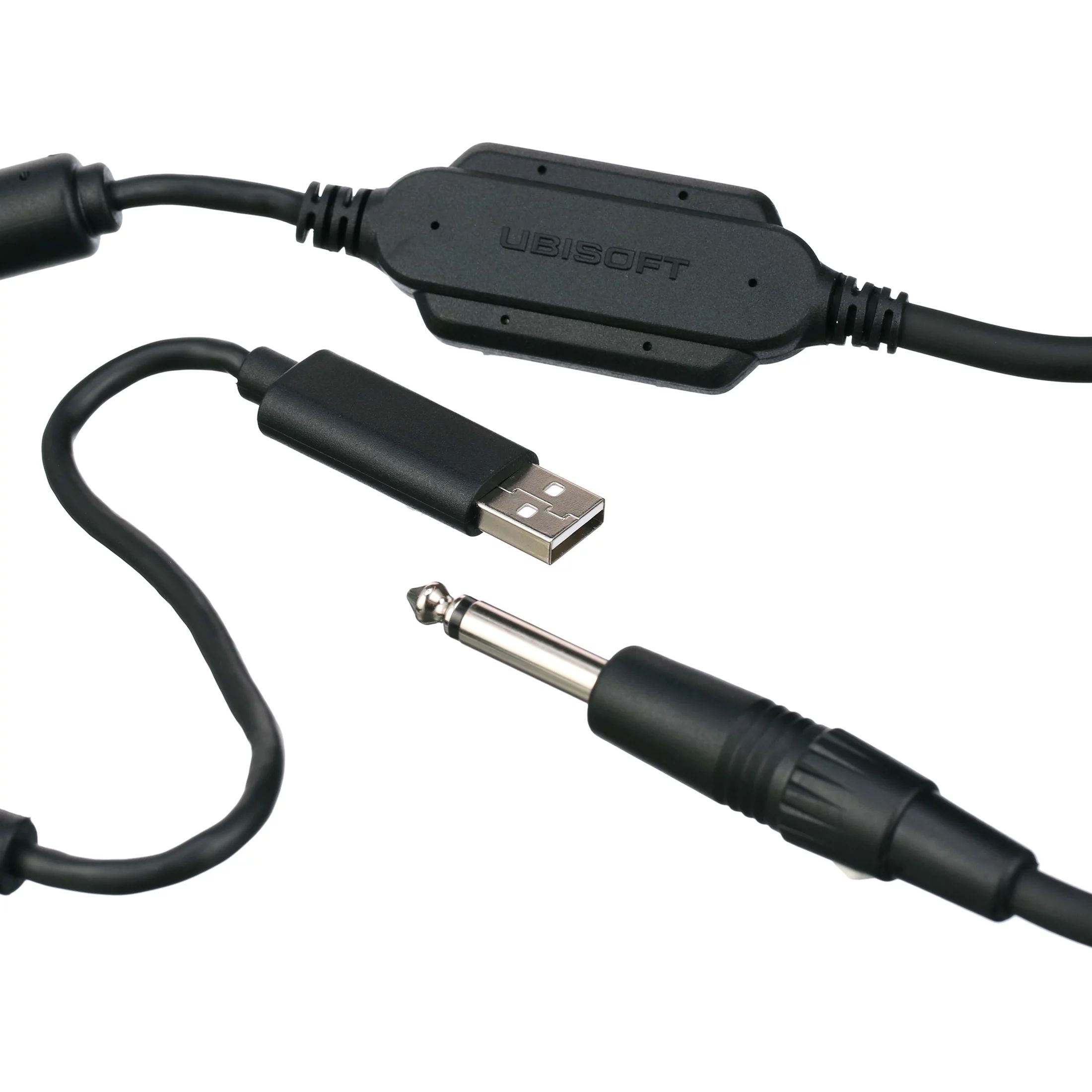Choosing the Right Equipment
When it comes to recording electric guitar, selecting the right equipment is crucial for achieving professional-quality results. Here are the key components to consider:
1. Guitar
The foundation of a great guitar recording starts with the instrument itself. Professionals often opt for high-quality electric guitars with versatile tonal characteristics. Whether it's a classic Fender Stratocaster, a powerful Gibson Les Paul, or any other reputable brand, the guitar should be well-maintained and suited to the desired sound.
2. Amplifier
Choosing the right amplifier is equally important. Tube amps are favored for their warm, dynamic sound, while solid-state amps offer reliability and consistency. Professional recording often involves using a combination of different amplifiers to capture a wide range of tones. Additionally, the choice between vintage and modern amps can significantly impact the overall sound.
3. Effects Pedals
Selecting the appropriate effects pedals is essential for shaping the guitar's tone. Whether it's overdrive, distortion, delay, reverb, or modulation effects, each pedal contributes to the overall sonic landscape. Professionals meticulously curate their pedalboards to ensure they have the necessary tools to achieve the desired sound for each recording.
4. Recording Interface
A high-quality recording interface is indispensable for capturing the nuances of the guitar performance. Professionals often invest in interfaces with premium preamps and converters to maintain the integrity of the recorded sound. The choice of interface can significantly impact the clarity, depth, and fidelity of the recorded guitar signal.
5. Microphones
Selecting the right microphones is a critical aspect of capturing the guitar's sound accurately. Dynamic microphones are commonly used for close-miking guitar cabinets, while condenser microphones excel at capturing the nuances of acoustic and electric guitars. Professionals often experiment with various microphone combinations to achieve the desired sonic texture.
6. Monitoring System
A reliable monitoring system is essential for assessing the recorded guitar tracks. Whether it's studio monitors, headphones, or a combination of both, professionals prioritize accuracy and transparency in their monitoring setup to make informed decisions during the recording process.
Carefully selecting the right equipment forms the foundation for a successful electric guitar recording session. Each component plays a vital role in shaping the final sound, and professionals approach this stage with meticulous attention to detail and sonic vision.
Setting Up the Guitar and Amplifier
Preparing the guitar and amplifier for recording is a crucial step in capturing the desired tone and performance. Here’s how professionals approach this essential phase:
1. Guitar Setup
Before diving into the recording process, professionals ensure that the electric guitar is properly set up and optimized for the session. This includes checking and adjusting the intonation, action, and string condition to guarantee optimal playability and tonal clarity. Additionally, they may experiment with different gauge strings to achieve the desired feel and sound.
2. Amplifier Configuration
Configuring the amplifier is a meticulous process that involves dialing in the right settings to complement the guitar and the desired sonic characteristics. Professionals pay close attention to the amp’s EQ, gain, and overall tonal shaping controls to achieve the perfect balance of warmth, clarity, and harmonics. They may also experiment with various speaker cabinets and microphone placements to capture the amplifier’s unique sonic footprint.
3. Signal Chain Optimization
Optimizing the signal chain is paramount for maintaining the integrity of the guitar’s sound throughout the recording process. Professionals carefully select the order of effects pedals, fine-tune the input and output levels, and ensure that the signal path is free from any impedance or noise issues. This meticulous approach guarantees that the recorded guitar signal remains pristine and true to the intended sonic vision.
4. Room Acoustics Consideration
When recording with a microphone in a room, professionals take into account the acoustic properties of the space. They may strategically place sound-absorbing panels, diffusers, or gobos to mitigate unwanted reflections and standing waves, ensuring that the recorded guitar sound is free from undesirable sonic artifacts introduced by the room’s acoustics.
Setting up the guitar and amplifier for recording requires a combination of technical expertise and artistic sensibility. Professionals approach this phase with a keen ear and a deep understanding of how each element contributes to the overall sonic palette, ensuring that every recording captures the true essence of the instrument and the amplifier.
Mic Placement Techniques
Effective mic placement is a critical aspect of capturing the nuanced and dynamic sound of an electric guitar. Professionals employ various mic placement techniques to achieve the desired tonal characteristics and spatial imaging. Here are some commonly used approaches:
1. Close-Miking the Cabinet
Close-miking the guitar cabinet is a prevalent technique used to capture the direct sound of the amplifier. Professionals position dynamic or condenser microphones close to the speaker cone to capture the immediate transient response and tonal nuances. By experimenting with different mic placements, such as the center, edge, or off-axis positioning, they can tailor the recorded sound to emphasize specific frequencies and harmonics.
2. Room Miking for Ambience
Introducing room miking techniques adds depth and spatial dimension to the recorded guitar sound. By placing microphones at a distance from the amplifier, professionals capture the natural reverberation and ambience of the room. This technique enriches the recorded sound with a sense of space and air, contributing to a more expansive and immersive sonic experience.
3. Stereo Miking Configurations
Professionals often utilize stereo miking configurations, such as the spaced pair, X-Y, or mid-side technique, to capture the stereo image of the guitar amplifier. These configurations create a wide and enveloping sonic panorama, allowing the recorded guitar tracks to exhibit a sense of depth and width. By carefully adjusting the microphone angles and distances, professionals can achieve a balanced and captivating stereo representation of the amplifier’s sound.
4. Blend of Multiple Microphones
Combining the signals from multiple microphones offers flexibility and sonic richness in electric guitar recording. By blending the tonal characteristics captured by different microphones, professionals can sculpt a composite sound that encompasses the best attributes of each mic placement. This approach allows for precise control over the frequency response, transient detail, and spatial dynamics of the recorded guitar tracks.
5. Experimental and Unconventional Approaches
Professionals often explore unconventional mic placement techniques to introduce unique sonic elements into the recording. This may involve positioning microphones in non-traditional locations, utilizing ambient room mic setups, or experimenting with specialized microphone models to capture unconventional tonal textures. These experimental approaches add a distinctive sonic signature to the recorded guitar tracks, contributing to a more diverse and captivating sonic palette.
Mastering the art of mic placement is a testament to the expertise and creativity of professionals in the realm of electric guitar recording. Each technique offers a distinct sonic perspective, and the skilled application of mic placement techniques is instrumental in capturing the full spectrum of the guitar’s tonal capabilities.
Direct Recording Options
While capturing the sound of an electric guitar through amplifiers and microphones is a traditional approach, professionals also utilize direct recording options to achieve specific sonic goals. Direct recording involves capturing the guitar’s signal directly from the instrument or effects pedals, bypassing the use of amplifiers and microphones. Here are the primary direct recording options employed by professionals:
1. Direct Input (DI) Box
Utilizing a DI box allows professionals to capture the raw output of the electric guitar directly into the recording interface. This method is particularly useful for achieving a clean and uncolored guitar signal, which can then be shaped and processed using software-based amp simulators, effects plugins, and equalization tools. DI recording offers precise control over the tonal characteristics and enables seamless integration with virtual signal processing chains.
2. Amp Modelers and Profiling Devices
Professionals often leverage amp modelers and profiling devices to emulate the sonic characteristics of amplifiers and speaker cabinets. These digital tools allow for direct recording of the guitar signal while applying virtual amplifier and cabinet simulations, providing a wide array of tonal options without the need for physical amplifiers. Amp modelers and profiling devices offer versatility and convenience, enabling professionals to access a diverse range of amp tones within a digital recording environment.
3. Multi-Effects Processors
Multi-effects processors equipped with direct recording capabilities offer comprehensive solutions for capturing and processing the electric guitar’s signal. These devices incorporate a multitude of effects, amp simulations, and signal routing options, allowing professionals to craft intricate and layered guitar tones directly into the recording interface. The flexibility and programmability of multi-effects processors make them valuable assets in shaping the recorded guitar sound with precision and depth.
4. Reamping for Post-Processing Flexibility
Professionals often employ direct recording methods with the intention of utilizing reamping techniques during the post-production phase. By capturing a clean direct signal, they preserve the option to re-route the recorded guitar tracks through amplifiers and effects at a later stage, enabling them to fine-tune the tonal characteristics and experiment with different sonic treatments during the mixing process. This approach offers unparalleled flexibility and creative freedom in shaping the final guitar tones.
Direct recording options provide professionals with a diverse set of tools to capture and manipulate the electric guitar’s signal with precision and creativity. Whether seeking pristine clarity, expansive tonal versatility, or post-production flexibility, the utilization of direct recording methods is integral to the modern approach of electric guitar recording.
Tips for Achieving the Desired Tone
Attaining the perfect guitar tone is a pursuit that demands a blend of technical expertise, artistic intuition, and sonic vision. Professionals in the realm of electric guitar recording rely on a range of tips and techniques to sculpt the desired tone. Here are valuable insights into achieving the coveted guitar sound:
1. Experiment with Signal Chain Order
Exploring different arrangements of effects pedals and signal processing units in the guitar’s signal chain can yield diverse tonal possibilities. Professionals often fine-tune the order of effects to achieve optimal synergy and sonic impact, allowing for the creation of unique tonal textures and expressive dynamics.
2. Embrace Dynamic Playing Techniques
Varied playing techniques, such as pick attack, fingerstyle articulation, and palm muting, significantly influence the guitar’s tonal character. Professionals adeptly utilize these techniques to infuse the recorded performances with dynamic expression and tonal nuances, enhancing the overall sonic depth and emotional resonance of the guitar tracks.
3. Leverage Amp and Effects Settings
The meticulous adjustment of amplifier settings, including gain, EQ, and presence controls, along with the precise configuration of effects pedal parameters, enables professionals to sculpt the guitar’s tone with precision. This attention to detail allows for the creation of tonal landscapes that perfectly complement the musical context and artistic vision.
4. Capture Performance Dynamics
Recording the natural dynamics of a guitar performance is crucial for conveying the full emotive range of the instrument. Professionals focus on capturing the subtleties of volume swells, expressive bends, and transient accents, ensuring that the recorded guitar tracks exhibit a rich and dynamic sonic character that resonates with the listener.
5. Blend Amplifier and Direct Signals
Blending the direct signal of the guitar with the sound of a miked amplifier offers a versatile approach to achieving a balanced and nuanced tone. By combining the clarity of a direct signal with the harmonic complexity of an amplifier’s sound, professionals can craft a composite tone that embodies the best attributes of both recording methods.
6. Pay Attention to Room Acoustics
Considering the acoustic properties of the recording environment is essential for capturing an authentic and immersive guitar tone. Professionals may strategically position the amplifier and microphones to leverage the natural acoustics of the room, harnessing the spatial reflections and reverberations to enrich the recorded guitar sound.
By integrating these tips into the recording process, professionals elevate the art of capturing the desired guitar tone to new heights, ensuring that each recording resonates with sonic excellence and artistic distinction.







